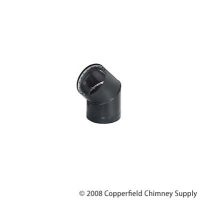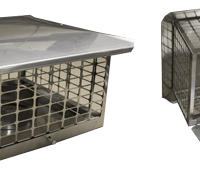Many people prefer to use wood furnaces for their heating purposes due to the high costs of other domestic fuel options, such as gas and electricity. The wood furnaces use wooden logs or pellets to produce heat. Wood is an easily available natural resource, especially in suburban and rural areas. They are cost effective, easy to use, and also environment friendly as they do not produce any hazardous effects to the surroundings.
If you think that your household heating bills are little high, the best way to reduce them is to use a wood furnace to heat your household. The only thing you have to make sure is that you have easy and dependable access to wood. Also, adhere to the prescribed safety standards while installing and operating the wood furnaces. The services of a professional wood furnace installer can help you to properly install your wood furnace.
They come in both indoor and outdoor models. The outdoor ones combust wood pellets or logs to heat water and then the hot water is piped into the house through closed piped systems. The hot water provides heat throughout the interior of the house. Generally, the outdoor furnace units include a water tank and water pump. The forced-air wood type do not require water to generate and distribute heat.
The indoor type are usually a smaller size than the outdoor ones. They may also have a chimney to vent smoke and other fumes. Despite these differences, both types use more or less the same operating system. The multifuel wood furnace system can be located both inside and outside the house. These furnaces can burn many types of fuels, including wood, coal, gas, and oil.
Usually, they consist of a cabinet, a sealed firepot where the woods are burnt to generate heat, a blower or distribution fan to distribute the air, and a flue or chimney to vent out smoke and other hot gases. The firebox is the most important part of the wood furnaces and can be made either of brick or metal. The furnace may also have an insulated door to allow the wood to be placed within the firebox.
In addition to these parts, they can also include a draft fan to fan the fire, a thermostat to sense the temperature and control the draft fan, and a damper to manage the circulation of air.
The wood-fired hydronic ones, also known as wood-fired boilers, produce heat by converting water into steam. These are considered as the most ecofriendly furnaces and the cleanest way to produce heat as, unlike other wood furnaces, they do not cause any smoke, soot, or ashes..
However, there are few disadvantages when using wood ones to heat homes. They require more attention than other types of domestic furnaces. Sometimes, the emissions from the indoor wood ones can cause respiratory and lung diseases to the residents.
Come see us at our website at trane furnace filters and get much more information on home furnace filters.





